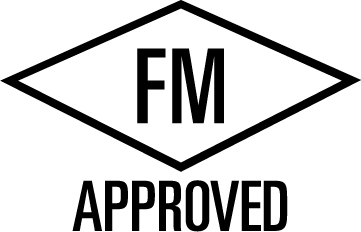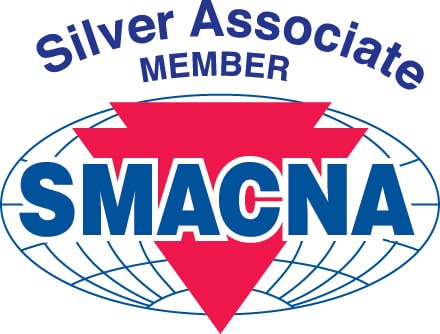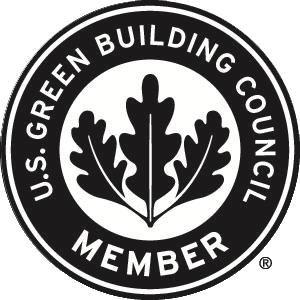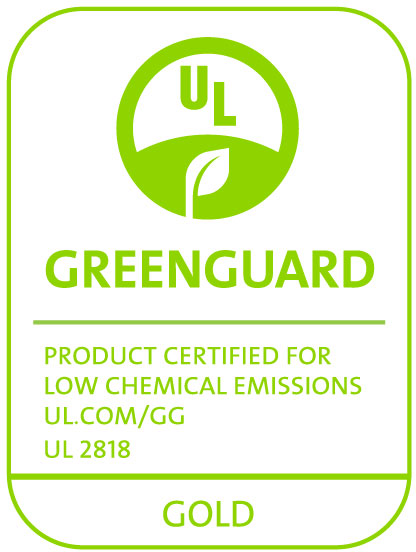AEROFLEX EPDM™ closed-cell elastomeric pipe insulation is available in a wide variety of formulations so you can find the perfect product for your specific application, whether it be HVAC, VRF, chilled water, refrigeration or plumbing. All AEROFLEX® insulation products are distinguished by a proprietary blend of non-polar EPDM rubber, making them the most reliable and durable of all closed-cell elastomeric insulation products on the market.
AEROFLEX EPDM™ Pipe Insulation
AEROFLEX Self-Seal™ & Self-Seal LDP™ Pipe Insulation
Pre-slit, nonpolar EPDM closed-cell elastomeric foam pipe insulation with self-seal, dual-tape closure. Includes AEROFLEX Cel-Link II® patented glueless “peel-and-seal” adhesive sheets for fast, reliable sealing of adjoining tubes.
Self-Seal LDP™ saves significant time and labor when insulating large-diameter piping (8″ – 16″ IPS, Black only).
Available in Black and White/Gray.
How to Open Ends of AEROFLEX Tube Carton
AEROFLEX EPDM™
Standard Tube
Standard; “split & glue” EPDM closed-cell elastomeric pipe insulation for new piping installations or whenever tubes are required over existing piping.

AEROFLEX®-EP
FM Approved
AEROFLEX EPDM Pipe Insulation for projects that require FM Approval.
Available in Self-Seal and Standard tubes.
Also available in Sheets and Rolls.
AEROFLEX EPDM™
White/Gray Unslit Tube
White/Gray Self-Seal Pre-Slit Tube
Same superior EPDM closed-cell performance but in a white/gray color. Ideal anywhere a lighter color insulation is desired for aesthetics.
Also available in AEROFLEX Self-Seal™ Pipe Insulation pre-slit tubes.
AEROFLEX EPDM™
Continuous Tube & Coil Pack
Unslit EPDM closed-cell elastomeric pipe insulation available in continuous tubes up to 5,200 linear feet depending on ID and wall thickness. Ideal for long pipe runs.
InnoFoam™
Polyethylene Pipe Insulation
Flexible closed-cell polyethylene foam pipe insulation designed to retard heat gain or loss, control condensation and provide freeze protection for hot and cold-water plumbing systems.Ideal for residential and light commercial applications.
More about Pipe Insulation
The evolution of thermal insulation dates back to prehistoric times when people gathered natural materials to insulate their shelters and clothing. It was not until the industrial revolution of the early 20th century that artificial thermal insulation materials, like pipe insulation, were developed due to their favorable durability, fire and water resistance.The term insulate means to prevent the passage of heat, electricity, or sound by surrounding the area of concern with a non-conductive material. Thermal insulation prevents the transfer of heat because it is not a good conductor (non-conductive).
There are many other technical aspects about the performance characteristics of thermal insulation, however, this post will focus on the purpose, reasons to insulate pipes, and insulation material selection.
The purpose of pipe insulation is:
- Save energy
- Improve process performance
- Condensation control
- Freeze protection
- Personnel protection
- Attenuate noise
- Reduce emissions
- Maximize the return on investment (ROI)
Thermal insulation is categorized by types: cellular, fibrous, granular, and reflective. Pipe insulation materials can consist of calcium silicate, cellular glass, elastomeric foam rubber, fiberglass, mineral wool, perlite, polyisocyanurate, polystyrene, and more.
Each pipe insulation type maintains various physical characteristics and working properties such as structure (closed versus open cell), rigid versus flexible, thermal conductivity (k-value), thermal operating range (upper & lower temperature thresholds), water vapor permeability (WVP), and fire safety performance (25/50), to name a few.
The mechanical insulation industry must also comply with key industry standards that are adopted by local jurisdictions as building codes:
- American Society for Testing & Materials (ASTM International)
- American Society of Heating, Refrigerating and Air-Conditioning Engineers (ASHRAE)
- International Energy Conservation Code® (IECC®)
- Underwriters Laboratories (UL)
Standard and code compliance is generally listed on the pipe insulation manufacturer’s website technical datasheets.
Since no two thermal pipe insulation types are the same, it’s important to understand their performance attributes (strengths & weaknesses) when selecting or specifying to maximize long-term performance and ultimately ROI for the building owner.
Two of the most common reasons for pipe insulation are to improve energy efficiency and control condensation.
When saving energy (minimizing heat gain or loss) is the primary success factor, choosing a pipe insulation that is thermally-efficient (the lower the thermal conductivity, the better – i.e. 0.25 versus 0.29), is designed for the pipe operating temperature range and installed with the correct insulation thickness should all be taken into consideration. A lower k-value also translates into reduced insulation thicknesses.
Condensation control applies whenever the operating (service) temperature of the pipe will drop below the ambient temperature at any moment in time throughout the year. This is also known as a “below-ambient” system. Condensation will naturally occur on the pipe insulation surface if the correct insulation thickness is not installed.
Condensation, when left unchecked, will slowly attack the pipe insulation, cause surface damage below the pipe, potentially penetrate below the insulation to the metallic pipe (copper or steel) and cause corrosion under insulation (CUI). CUI is preventable and costly!
Calculating the correct insulation thickness for your application is key to avoiding performance issues, system failures, and long-term performance. Factors such as pipe type (copper, steel, stainless steel, PVC), pipe size, fluid/gas operating temperature, ambient temperature, relative humidity, wind speed (exterior applications), and jacket type can be plugged into two different industry calculators to ensure successful outcomes (see links to sources at end of this post).
For example, closed-cell pipe insulation is recommended by ASHRAE for refrigerant piping systems due to its closed-cell structure and inherent ability to effectively manage condensation. Closed-cell pipe insulation can be rigid or flexible, vary by thermal k-value, vary by water vapor permeability, and require (or not require) a protective jacket.
When evaluating the best pipe insulation for your project, closed-cell elastomeric foam insulation can address all of the purposes of pipe insulation when correctly specified and installed.
- Saves energy: thermally-efficient: low k-value (0.245 @ 75°F)
- Process control: stable & durable
- Condensation control: closed-cell structure with built-in vapor retarder
- Freeze protection: low thermal k-value, with or without heat trace
- Personnel protection: can be installed in thicknesses to reduce outer surface temperature
- Noise abatement: attenuates sound at lower frequencies (i.e. break-out noise)
- Emission reductions: conserves energy and reduces fossil fuel depletion
- Maximizes ROI: like many pipe insulation types, mechanical insulation delivers an ROI quicker than most building products
Aeroflex USA’s AEROFLEX® brand of EPDM closed-cell elastomeric pipe insulation differs from commonly known NBR (nitrile butadiene rubber)/PVC-manufactured products in that AEROFLEX® is made from an EPDM (ethylene propylene diene monomer) rubber. EPDM is known, and many times preferred to NBR/PVC rubber, for the following reasons:
- Non-Polar: hydrophobic, does not induce or react with moisture
- Chemical structure: stable & durable
- Higher continuous temperature threshold of 257°F [125°C]
- Greater UV resistance
- Inherently microbial-resistant
- Non-corrosive over stainless steel
- Ultra-low PVC content: < 1%
As a matter of fact, you will find EPDM rubber components in your motor vehicle. Components such as hoses under the hood, weatherstripping in windows & doors, wiper blades and more are selected by manufacturers due to EPDM’s durability to heat, moisture, and UV exposure.











